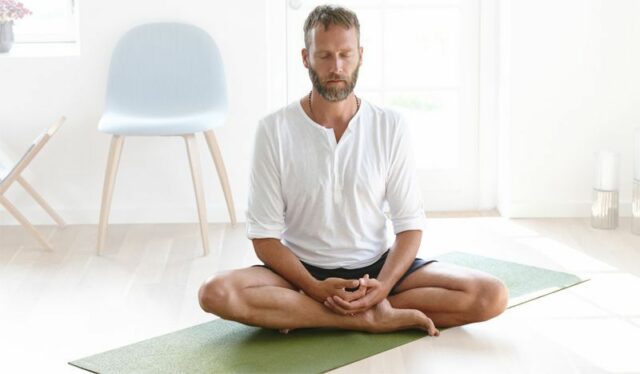Meditation is an ancient practice that is experiencing great popularity in the West in the last decade, because there are many benefits it brings to mental and emotional well-being and it is very useful in these times.
Whether it is to calm the mind, to find oneself or to reduce anxiety or stress, more and more people are interested in introducing this practice in their daily lives, improving their quality of life.
But meditating is not always easy, especially at the beginning, as it requires discipline and practice for its perfection. And as much as it may not seem physically demanding, it also requires effort. Nothing is free in this life, but if you know everything that meditation can bring to your life, it is quite likely that you feel the need to begin to familiarize yourself with its techniques.
The benefits of meditation
In recent years, research on this practice has shown that meditation is effective in improving people’s mental health. What are these benefits? What is the use of meditating? Meditation benefits us for different reasons:
– Mitigate the effects of stress
– Positively affects the immune system
– Improves attention and concentration capacity
– It is useful to empathize with others
– Increase pain tolerance
– Improves memory and cognitive functions
– Enhances the appearance of positive thoughts
The 8 steps for learning to meditate
The key to developing the habit of meditation is finding the perfect time for you and the type of meditation and posture that works for you. At first you can experiment with the different types of meditation and the correct posture to find the necessary comfort and the ideal state of mind to carry out this practice.
But you should know that to overcome the resistances that you can sometimes encounter during the meditative process, continuing with the practice is what really makes you improve. If you want to know how to meditate correctly, follow these steps that we indicate below:
1. Put on comfortable clothes

The first thing you must do to meditate and be in the here and now is to wear comfortable clothes. Taking off your shoes and choosing a loose garment is the best alternative to feel
ready to meditate. Forget about tight clothes and take off your watch or other accessories that may be annoying.
2. Find a quiet place
You need to find a place that allows you to be relaxed and without interruptions or interference. It can be the room of your house, the seashore or your garden … Any place is good if it allows you to be comfortable and focused, totally immersed in the activity that you are going to start.

3. Sit correctly
To meditate you must sit correctly, that is, on the floor with your back straight, but without tension, taking deep breaths and keeping your shoulders and arms relaxed. Some people prefer to sit in a chair or on their knees instead of the classic posture, and there is also lying meditation. Whatever position you adopt, the back should always be straight and the body, especially the shoulders and arms, relaxed.
4. Focus on one object
Focus on an object or on the breath (with your eyes closed) when you begin meditative practice. Later, you can do other types of meditation, such as the “body scan” or meditation focused on sounds.

5. Accept the thoughts that arise and move on
It is common that, during the practice of meditation, different thoughts arise: our personal problems, the discomfort of the moment or the insecurity of being doing the meditation well or not (something that usually happens when we start in this practice). But this is normal and therefore we must accept it.
Meditation focuses on the idea that psychological well-being is a state that emerges from the acceptance of thoughts, emotions and bodily sensations without trying to eliminate or modify them, they simply have to be observed in a non-judgmental way. So when these thoughts appear, simply accept them and then refocus your attention on the object, the breath, the sound, or the bodily sensation.
6. Increase your meditation time progressively
When you start in meditation, you should start little by little and then increase the time. It is ideal to start with a one-minute meditation, to progressively reach 20 or 30 minutes a day that will help you improve your well-being.
7. Add it to your daily routine
After reading the steps above, you are now ready to make meditation a healthy habit. With practice you will become a great meditator, which will help you achieve the benefits of this ancient practice.
8. Look for people who also want to start meditation
Few things are more effective than finding “allies” for your daily routine. Whether it’s practicing meditation together, keeping track of your progress, or sharing interesting routines, having support will increase your adherence to meditation.
Keep in mind that the practice of relaxation and meditation should be a pleasant moment, and sharing it with someone else will increase this positive feeling.
Psychology and meditation: Mindfulness exercises
In the last five years, meditation has become part of psychological therapy (for example, thanks to cognitive therapy based on Mindfulness or MBCT), but it has also begun to be implemented in organizations, schools or sports.
And it is that, from psychology, many professionals have realized the benefits of meditation, and specifically mindfulness, for mental health, interpersonal relationships, creativity or optimal performance, both in sport, school or the job.

